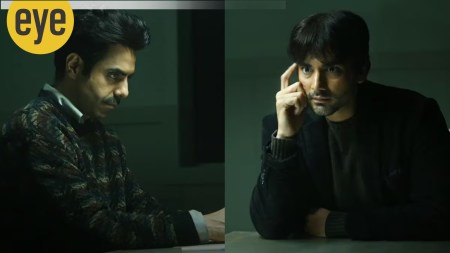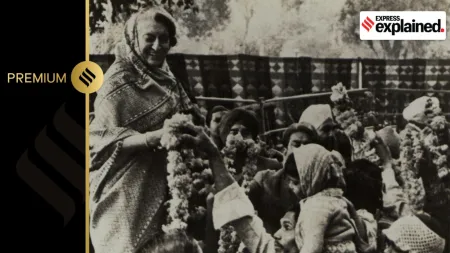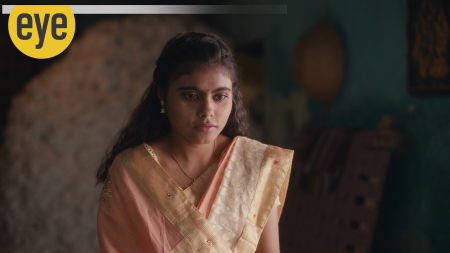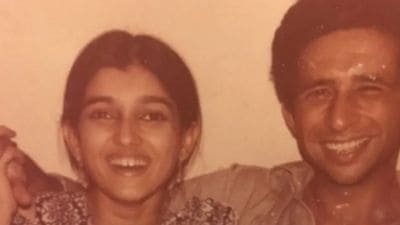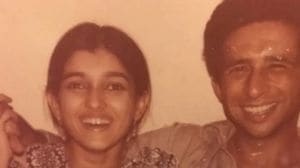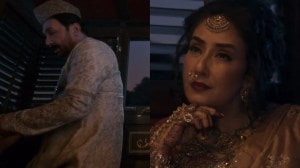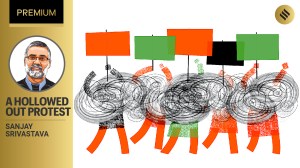- India
- International
A Saint and Sin: How Sonagachi got its name
The genesis of Sonagachi, Kolkata’s red-light district, can be traced to a dacoit-turned-saint.
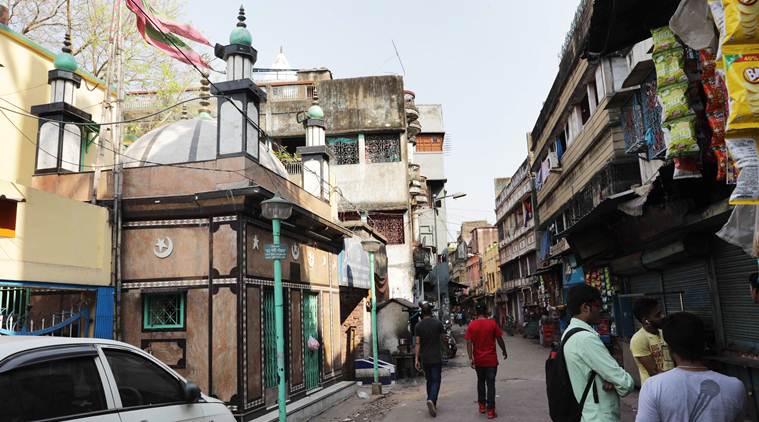 Holy land: PT Nair’s A History of Calcutta’s Streets helps decode the history of what is arguably Asia’s largest red-light district. (Express photo by Partha Paul)
Holy land: PT Nair’s A History of Calcutta’s Streets helps decode the history of what is arguably Asia’s largest red-light district. (Express photo by Partha Paul)
Sonagachi in north Kolkata is said to be Asia’s largest red-light district. In Bengali, the name means “tree of gold”. Few Kolkatans, who aren’t customers, venture into Sonagachi’s lanes, fewer still wonder where its name comes from. But behind the name hides a fascinating story. Asia’s largest red-light district, is named after a Muslim saint.
The fascinating tale is traced by Kolkata’s “barefoot historian”, PT Nair, in his A History of Calcutta’s streets. During the early days of the city, the area was the den of a notorious Muslim dacoit by the name of Sanaullah, who lived here with his mother. On his death, the grieving woman is said to have heard a voice coming from their hut, saying, “Mother, don’t cry. I have become a Gazi”, and so the legend of “Sona Gazi” began. People flocked to the hut by the thousands to be cured of various ailments or with prayers for a better life. Sanaullah’s mother, writes Nair, built a large and beautiful mosque in memory of her son, which came to be known as the mosque of Sona Gazi. Unfortunately, after her death, the mosque fell into disuse and eventually disappeared altogether. This mosque gave the neighbouring Masjid Bari Street its name, while Sanaullah Gazi turned into Sonagachi.
The Arabic word gazi or ghazi, originally, simply meant warrior. But after the birth of the Prophet and the spread of Islam, it was used especially to denote a religious warrior who helped in the spread of Islam. In Volume II of History of Bengal edited by Sir Jadunath Sirkar, are accounts of these warrior saints to whom poor Muslim families would appeal, usually against a zamindar or a local chief who was persecuting them. The gazi would then invade the territory of the offending chieftain, and in case of victory, either force him to convert to Islam or get him to guarantee that his Muslim subjects would not be persecuted. In the case of Sanaullah Ghazi, the transformation of a dacoit into a warrior saint may seem strange, but it is certainly not unique. Many of Bengal’s Hindu dacoits are known to have been worshippers of the Goddess Kali, and several such “Dakatey Kali” temples still survive, even within Kolkata. Many of the dacoits are also said to have been Robin Hood-like figures and were popular with the masses.
Unfortunately, the early history of Sonagachi isn’t well-documented. There is no definite way to tell how or exactly when it turned into a red-light district. Journalist Gautam Basu Mullick, who has been researching and writing about the city for more than three decades, points to a set of circumstances that always lead to a rise in prostitution. Sonagachi stands on the old pilgrim road, which is now Rabindra Sarani. The neighbourhood of Chitpur is also surrounded by several large markets; businesses here ran even before the advent of the British, thanks to the Portuguese, Armenians and others. Mullick says, that any place which attracts a large number of pilgrims or travellers, or, is a major business centre, is bound to have a red-light area on its fringes.
The brothels of Sonagachi, at one point, were said to be owned by prominent Bengali families. Today, women stare out from the balconies of decrepit mansions with suggestive names like “Prem Kutir”. The narrow, rat-infested lanes of Sonagachi are now home to some 11,000 sex workers. The dargah of Sanaullah Ghazi still survives, although like many other mosques and temples in the city, it has undergone arbitrary “renovation”.

Standing on Durga Charan Mitra Street, only a few metres away from the crossing with Rabindra Sarani, it is easy to spot. A tablet on the exterior wall of the dargah contains the names of the Prophet, his daughter Fatimah, her husband Ali and their two sons, Hassan and Husayn. Together, these five names form the Panjtan, the people most important to Shia Islam, which would indicate that this is a Shia shrine. Unfortunately, the year of Sanaullah’s death isn’t mentioned anywhere. But still, the dargah remains active, in the middle of a red-light district, next door to the municipal abattoir. As I walk around wondering where to get the best photograph from, I am accosted by a pimp, “Babu, want a good Nepali girl?”. I shake my head, and beat a hasty retreat.
Deepanjan Ghosh is a broadcast professional from Kolkata.


